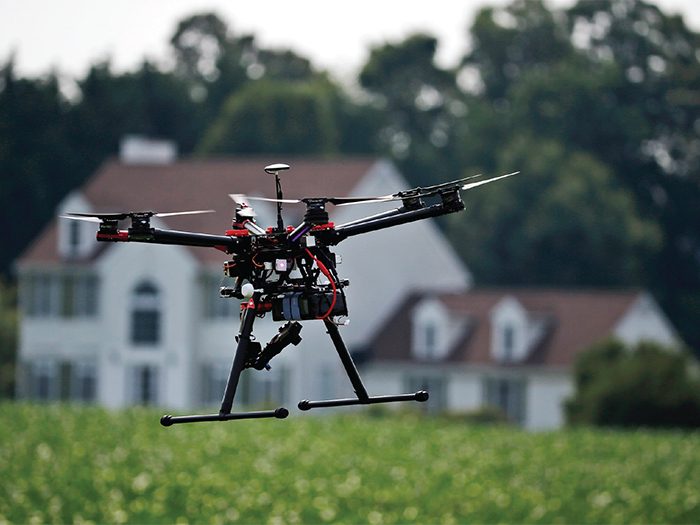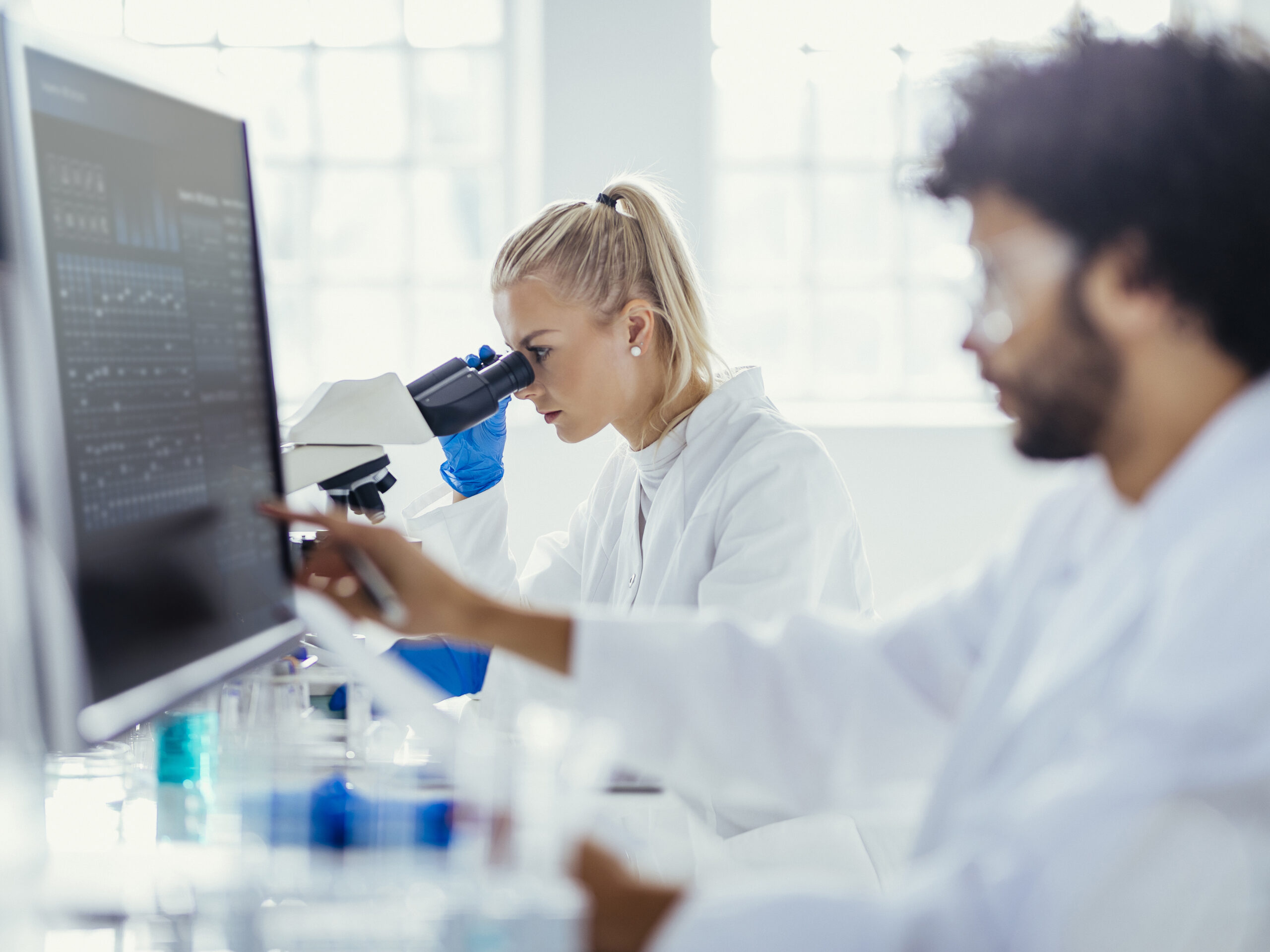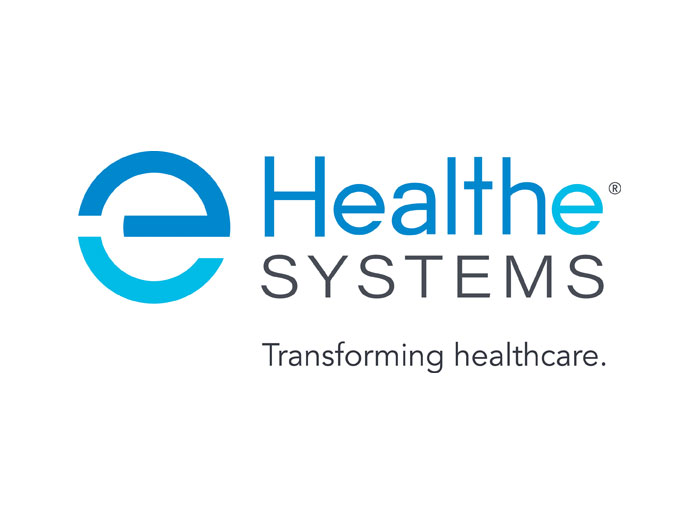Technology Risks
Agribusiness Goes High Tech

Farmers and ranchers are using sophisticated technology to increase productivity and reduce injuries.
The use of sophisticated technology boosted agricultural productivity and reduced worker injuries, but it brought new exposures for farmers and ranchers.
Drones, robots, RFID tags and precision farming are just some of increasingly sophisticated technologies used in agribusiness.
Mike Williams, senior product director for Travelers’ agribusiness division in Hartford, Conn., said drones are broadly used in agribusiness, not only for determining topography, the moisture content of the soil and the health of crops, but also to collect data — and even locate animals.
“A rancher who has miles of pasture fencing is using drones, instead of driving a truck or ATV all that way, to make sure the fence is not broken or damaged so cattle won’t wander,” Williams said.
“If a cow has wandered from the herd, they can use a drone to help locate that animal, especially if there is bad weather and the rancher doesn’t want to risk sending employees out because they could get injured.”
But there are risks: Drones could run into wind turbines, collide with helicopters spraying chemicals on crops, or start wildfires if they fall in brushy or grassy areas, he said.
The Federal Aviation Administration now requires licensed pilots to operate drones for commercial purposes, and the drones must be within the operator’s line of sight.
Farmers and ranchers are also using tracking and sensors, such as RFID tags, on cattle to track their location, their weight and what they are being fed, so that they can more efficiently manage their herds, said Glenn Drees, managing director, food and agribusiness at Arthur J. Gallagher & Co. in Cincinnati.
Agricultural robots are used to harvest, irrigate and weed fields.
Then there is precision farming, which uses GPS technology and satellites to gather soil information and weather data. Farmers and ranchers can analyze the information and respond, based on identified conditions, such as providing chemicals to just certain portions of a field, Drees said.
That not only boosts productivity, but also lessens the use of pesticides — a concern in consumers’ minds right now, said Tami Griffin, national practice leader for Aon’s food system, agribusiness and beverage practice in Kansas City, Mo.
Cyber Security Concerns
But as technology use increases, so does concern about cyber security.
“There is a lot of information going onto a data platform, such as seed traits, chemical usage and soil conditions,” Griffin said. “There are concerns about how that data may be used — especially in the wrong hands.”
In March, the FBI warned farmers about the risk of data breaches, including whether agricultural data could be used to manipulate the market and cause economic harm. There is also fear that an anti-GMO activist could hack into a system, gain access to the location of GMO crops and sabotage the yield.
Farmers should review their contracts with the companies that provide precision farming data services for them to determine who owns the data, and what the company does to protect the data, Griffin said.
Farmers should also know whether the firms follow best practices such as having two-factor authentication measures, how they are monitoring their systems, and how they are making sure there is no unauthorized access to that data.
Typical general liability policies would have gaps in coverage for technology risks and a stand-alone cyber policy would be needed to cover data breaches, Drees said.
“Small to mid-sized farmers may not need these policies, but they should make sure any third-party firm providing precision farming data services on the cloud has a cyber policy,” he said, adding that farmers also need to ask such firms how they safeguard information.
Farmers who have sensitive machinery embedded in their tractors and equipment should make sure they are storing it properly, protecting it from the dust or hay particles constantly moving around, Williams said.
Farmers also need a well-thought-out contingency plan if something happens to the smart equipment and they don’t have access to the data that they’ve been using to improve efficiency, he said. Business continuity insurance could come into play, depending on the type of loss.
“Certainly something such as a fire or severe weather that could damage the smart equipment could trigger coverage, but not just a temporary loss of connectivity,” Williams said.
Many agribusinesses now use solar panels to provide energy to farms, methane digesters for dairies or confinements that capture manure and convert methane gas into energy to run farms or sell back to the grid, said Julie K. Barnhil, divisional vice president at Great American Insurance Group in Cincinnati.
Jeffrey Cruey, the carrier’s divisional president, added that one of the biggest exposures from newer technologies is from mechanical breakdowns and electrical disturbances.
Failures of equipment such as tractors are not covered under a typical farm policy — which is typically covered under a vehicle policy — but separate equipment breakdown coverage will cover the failure of a GPS attached to a tractor, as well as loss of farm income.
‘Agritainment’ Venues
There’s also emerging technology pertaining to “agritainment” — when farmers and ranchers provide entertainment venues, such as concerts, pick-your-own-fruit excursions, hayrides or haunted houses, said Kevin Poll, director of product development for personal property and commercial farm at ISO, a Verisk Analytics business in Jersey City, N.J., that drafts policy language that carriers can adopt for their own products.
Using drones with these activities might require separate coverage not currently provided under a typical farm policy, Poll said.
At year end, ISO will introduce policy language for a variety of endorsements that provide coverage options for farmers that engage in agritainment, and in the following year, it will look at developing language for the use of drones on farms.
“Vertical farms are a hot topic now — there could potentially be skyscrapers built that are devoted to farming in urban environments,” he said. “We’re looking at what kinds of coverage such a farm would need.”
With all of the new exposures, however, Steve Simmons, associate vice president of agribusiness risk management at Nationwide Mutual Insurance Co. in Des Moines, Iowa, emphasized that smart technologies in farming and commercial agribusiness are reducing, rather than increasing losses.
“These new technologies save lives, reduce damages and costs to property. We need to encourage farmers to make an effort to use them because they’re very good for the industry,” he said.
Technology also has a great opportunity to more efficiently use freshwater supply, which is very important in raising crops especially in drought areas, Drees said.
By 2050, the world population is expected to reach 9.6 billion — “which means that farmers will have to increase food production to feed that many people,” he said. &












